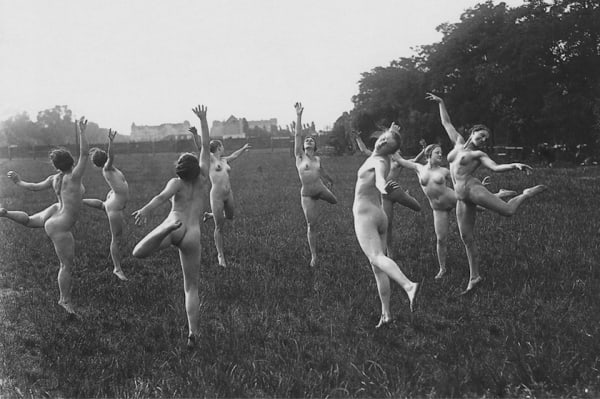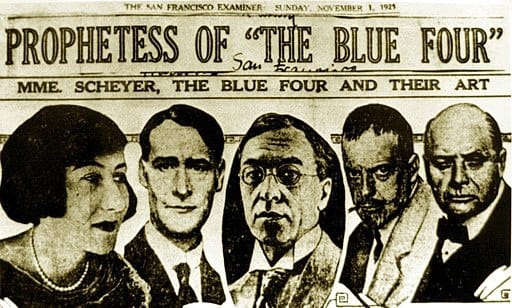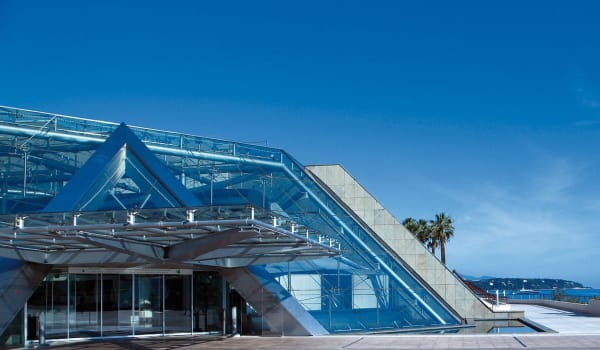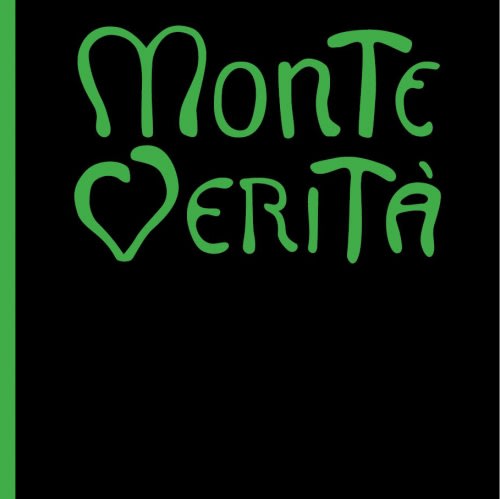Alexej von Jawlensky Russian, 1864-1941
Alexej von Jawlensky was a Russian expressionist painter active in Germany. He was a key member of the Neue Künstlervereinigung München, Der Blaue Reiter group and later Die Blaue Vier.
-

1917
Russian Phoenixes in the West 27 April - 28 July 2017Devoted to the Russian artistic diaspora, the exhibition raises the prolific exchange between Russia and the West. Many artists in the first quarter of the 20th Century left their homeland...Read more -

Monte Verità
Expressionist Utopia 15 April - 30 July 2016Founded in the early 20th century as an alternative vegetarian colony, Monte Verità quickly became a cradle of European counterculture as prominent artists, anarchists, philosophers and dancers settled there. Key...Read more
Alexej von Jawlensky studied first at the Fine Arts Academy of Saint Petersburg before moving to Munich, where he met Vassily Kandinsky.
In 1905 he workes in Carantec , brittany (in the west of France) and thanks to to the intervention of Sergei Diaghilev, is able to exhibit six of his paintings at the Salon d’Automne in Paris. There, he discovered fauvism and neo-impressionism, and met the leader of the "Fauves"Henri Matisse.
In 1907 Jawlensky returns to Munich, where he learns about French symbolism from Jan Verkade. From 1908 he spent summers with Vassily Kandinsky in Murnau, in the foothills of the Bavarian Alps, where he developed an original style combining influences from Jugendstil, Bavarian folk art, Russian icons and fauvism.
In 1912, Jawlenksy took part in the first Blaue Reiter exhibition in Berlin. From 1914 to 1921 he lived in Saint-Prex, in Switzerland, where he met many other artists, including Jan Arp and Alenxander Archipenko. His art started to shift towards abstraction and he started to incorporate religious subjects. In 1921 the artist moved to Wiesbaden, Germany, but maintained many contacts abroad, and in 1924 he founded the group Die Blaue Vier (The Blue Four), in reference to the Blaue Reiter, with Lyonel Feininger, Vassily Kandinsky and Paul Klee.
Jawlensky continued to paint in increasingly smaller formats. His quest to represent the invisible resulted in an art characterised by a sense of profound spirituality and a recurrent motif of wide black bands.







